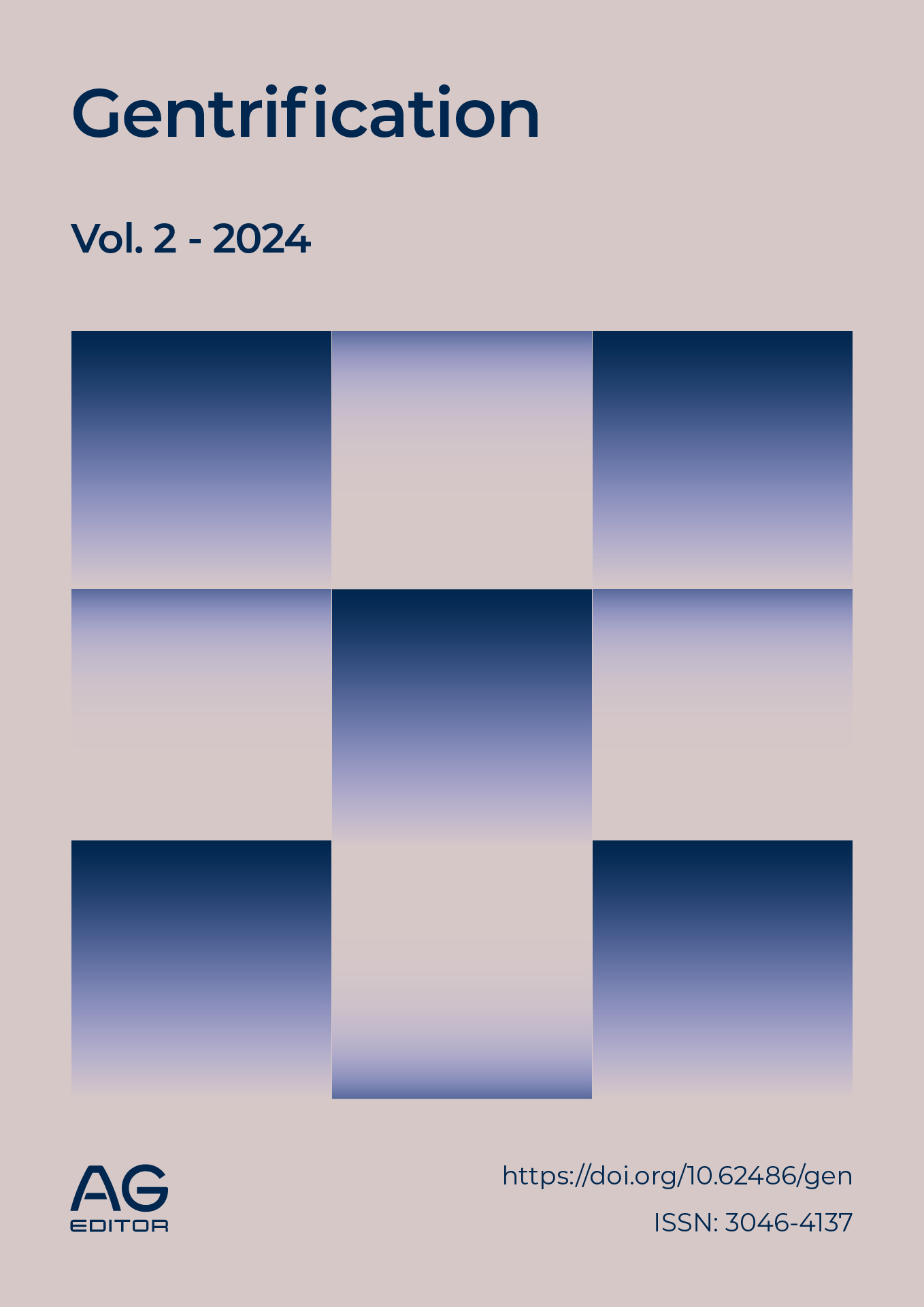Cultural identity and urban values
DOI:
https://doi.org/10.62486/gen202495Keywords:
Urban Environment, Conservation, Immovable Heritage, Architectural StylesAbstract
Introduction: the majestic setting of an urban area surrounding public spaces has an urban planning value that is fundamental to a place's identity and must be preserved in whole or in part.
Objective: to characterize cultural identity and urban planning values.
Method: a review of the available literature was conducted in databases such as SciELO, Scopus, and ClinicalKey, from which a total of 14 related articles were consulted. Empirical methods such as historical logic and analysis and synthesis were used.
Results: the preservation of the monumental urban environment faces risks due to a lack of recognition by residents. These neighborhoods used to be peaceful spaces whose cultural value has been passed down from one generation to the next. The significant importance of religious figures and the relevance of architectural structures are highlighted. The importance of art venues in a city and for its inhabitants lies in their ability to preserve memory. The concept of identity reveals the complexity of the connections between citizens who share a common cultural heritage.
Conclusions: the importance of different places in a city and its inhabitants is recognized. These places continue to preserve memory, allow for continued learning, and highlight the relationship between the past, present, and future.
References
Fasabi Satalaya L, Tuanama Ordoñez A. Causas socioculturales que determinan la pérdida de identidad cultural en el centro poblado comunidad nativa Kechwa wayku-Lamas, San Martín. ALICIA 2014. https://alicia.concytec.gob.pe/vufind/Record/UNSM_9bcce3d2b9cbd0063757f84f29b3e8a3.
Molano L. Identidad cultural un concepto que evoluciona. Redalyc 2007. https://www.redalyc.org/pdf/675/67500705.pdf.
Chaparro M. Patrimonio cultural tangible Retos y estrategias de gestión. Scalahed 2018. https://gc.scalahed.com/recursos/files/r161r/w25416w/ec501.pdf.
Muñoz M. DETERMINACIÓN DE LOS VALORES URBANÍSTICOS DEL REPARTO VISTA ALEGRE EN SANTIAGO DE CUBA. Redalyc 2008. https://www.redalyc.org/pdf/1813/Resumenes/Resumen_181320254006_1.pdf.
Carrion F. ¿Existen los barrios periféricos en Quito? FlacsoAndes 2008. https://www.flacsoandes.edu.ec/agora/existen-los-barrios-perifericos-en-quito.
Salge Ferro M, Puccini Montoya A. Las sinécdoques del patrimonio vivo del centro histórico de Bogotá. UNICOLMAYOR 2021. https://revistas.universidadmayor.edu.co/index.php/tabularasa/article/view/1970.
Castillo N. La trata negrera, sus redes mercantiles portuguesas y estrategias de negocios en Nueva España durante el siglo XVII: una visión comparada, Trashumante. Revista Americana de Historia Social 2017. https://doi.org/doi.org/10.17533/udea.trahs.n10a07.
Barcia Moreira M. El Catálogo de Protecciones como figura normativa para la protección del patrimonio arquitectónico del Centro Histórico de Portoviejo. RiuNet 2020. https://riunet.upv.es/entities/publication/be6ad54c-363f-409a-b64c-4ae6c820b557.
Juca Freire A. Gobernanza del patrimonio. Desafíos de una comunidad impulsada por su patrimonio. SCIELO 2021. http://scielo.senescyt.gob.ec/scielo.php?script=sci_arttext&pid=S1390-92742021000100063.
Murcia Ijjasz I. Montevideo narrada desde boliches y cocinas. SCIELO 2012. http://www.scielo.org.co/scielo.php?pid=S1657-97632012000100011&script=sci_arttext.
Gallardo Frías L. Propuestas para vincular la ciudad y sus habitantes con lugares de arte contemporáneo. SCIELO 2021. http://scielo.senescyt.gob.ec/scielo.php?script=sci_arttext&pid=S1390-92742021000200147.
Mendoza Ontiveros M, Hernández Espinosa R, Ruiz Conde M. Patrimonio y construcción social: una reflexión en torno a Teotihuacan, México. SCIELO 2023. https://www.scielo.org.mx/scielo.php?pid=S1665-80272023000100104&script=sci_arttext.
Montecelli A, Yuln M, Carrizo M. El patrimonio ferroviario, un vehículo para la valoración del territorio Rehabilitación y re-funcionalización de talleres en el Noroeste de la Provincia de Buenos Aires. PasosOnline 2017. https://www.pasosonline.org/Publicados/15417/PASOS54.pdf#page=123.
Maldonado Flores D. La clasificación: una herramienta para la inclusión vivienda vernácula urbana en el universo arquitectónico. SCIELO 2009. https://www.scielo.cl/scielo.php?pid=S0718-83582009000200004&script=sci_arttext.
Published
Issue
Section
License
Copyright (c) 2024 Erick Paolo Pérez Núñez, Katty Marilyn Alegría Lazo (Author)

This work is licensed under a Creative Commons Attribution 4.0 International License.
The article is distributed under the Creative Commons Attribution 4.0 License. Unless otherwise stated, associated published material is distributed under the same licence.






